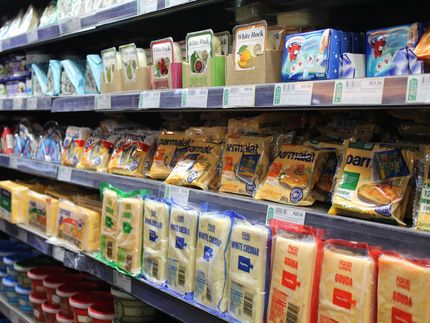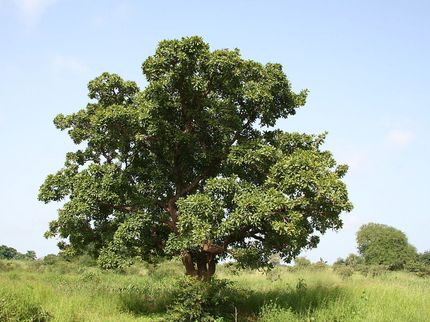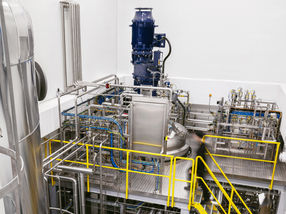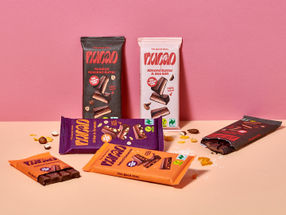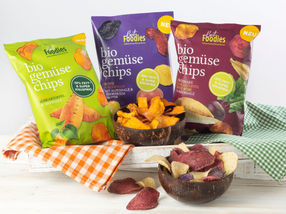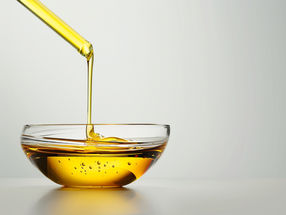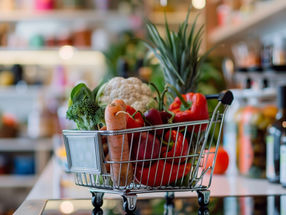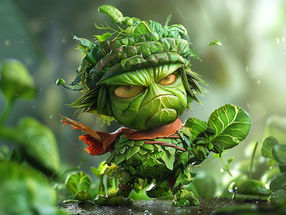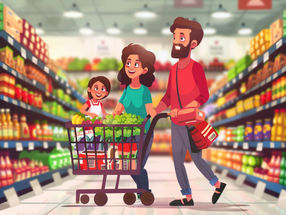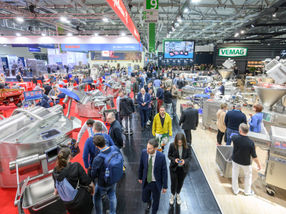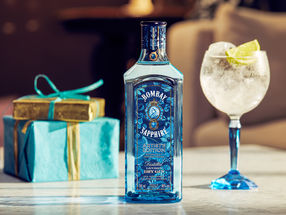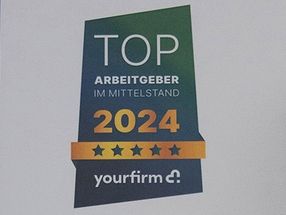The world’s most valuable food and beverage brands
- Unilever’s portfolio of brands valued at $42.9 billion, more than double KraftHeinz
- food brands experience a challenging year, with the top 4 all losing brand value
- Australia’s Devondale is the fastest growing food brand, up 35% year on year
Every year, leading valuation and strategy consultancy Brand Finance values the brands of thousands of the world’s biggest companies. The world’s 50 most valuable food brands are included in the Brand Finance Food 50.
Combining the values of these brands based on ownership reveals the brand portfolio values of the FMCG corporate giants. Unilever’s total portfolio value is US$42.9 billion, more than double that of KraftHeinz, which recently attempted a takeover of the Anglo-Dutch company.
Unilever is a major UK employer, well-known for its business ethics and focus on sustainability. Dozens of its brands, such as Marmite, Colmans and PG Tips, have achieved ‘national treasure’ status in the UK and beyond. So when KraftHeinz (whose brand portfolio is worth just US$20.2bn) launched its bid, there was widespread surprise and trepidation. Eyebrows were raised in UK government circles and the upper echelons of business too, as the bid appeared to confirm the vulnerability of British firms to takeover by foreign counterparts following the Brexit vote.
In the event, Unilever’s CEO Paul Pohlman rebuffed the US$143 billion deal, which was seen to significantly undervalue the company. Brand Finance’s CEO David Haigh comments, “Unilever has one of the world’s most valuable brand portfolios, more than double the value of KraftHeinz. Quantifying this and bringing it to the fore will be key to defending any future bids or ensuring that shareholders receive fair value.”
The size and scope of the world’s biggest food brand portfolios can be found on pages 12 and 13 of the Brand Finance Food & Beverage 2017 report.
In general, the last year has proved challenging for food brands. Brands with significant confectionary lines have had the most difficulty as concerns around health eat into revenues. Kraft, Hershey’s, Mars and Nestle have lost 4%, 10%, 14% and 17% of their brand value this year respectively. This trend is global, with Chinese snack food manufacturers Want Want and Master Kong dropping significantly too. Kellogg’s brand value has dropped 3%. Demand for cereal is faltering as consumers explore a wider variety of breakfast options.
The dairy segment is holding up a little better than the food sector as a whole. This year’s fastest growing food brand is Australia’s largest dairy brand, Devondale. Its brand value is up 35% year on year to US$1.5 billion. Devondale’s growth is the result of changing consumer tastes and growing demand in South East Asia. Asia’s growing taste for dairy bodes well for Yili. It is barely known in the West, but thanks to marketing initiatives such as sponsorship of China’s Olympic team, it scores very highly on brand equity measures such as Consideration, Familiarity and Recommendation in China, its domestic market. Yili is now the world’s second most valuable (and the strongest) dairy brand.
View the full list of the world’s 50 most valuable food brands and Download Brand Finance Food & Beverage 2017 report here (linked right beside the article)
________
Methodology
Definition of Brand
When looking at brands as business assets that can be bought, sold and licensed, a technical definition is required. Brand Finance helped to craft the internationally recognised standard on Brand Valuation, ISO 10668. That defines a brand as “a marketing-related intangible asset including, but not limited to, names, terms, signs, symbols, logos and designs, or a combination of these, intended to identify goods, services or entities, or a combination of these, creating distinctive images and associations in the minds of stakeholders, thereby generating economic benefits/value.”
However, a brand makes a contribution to a company beyond that which can be sold to a third party. ‘Brand Contribution’ refers to the total economic benefit that a business derives from its brand, from volume and price premiums over generic products to cost savings over less well-branded competitors.
Brand Strength
Brand Strength is the part of our analysis most directly and easily influenced by those responsible for marketing and brand management. In order to determine the strength of a brand we have developed the Brand Strength Index (BSI). We analyse marketing investment, brand equity (the goodwill accumulated with customers, staff and other stakeholders) and finally the impact of those on business performance. Following this analysis, each brand is assigned a BSI score out of 100, which is fed into the brand value calculation. Based on the score, each brand in the league table is assigned a rating between AAA+ and D in a format similar to a credit rating. AAA+ brands are exceptionally strong and well managed while a failing brand would be assigned a D grade.
Approach
Brand Finance calculates the values of the brands in its league tables using the ‘Royalty Relief approach’. This approach involves estimating the likely future sales that are attributable to a brand and calculating a royalty rate that would be charged for the use of the brand, i.e. what the owner would have to pay for the use of the brand—assuming it were not already owned.
The steps in this process are as follows:
1 Calculate brand strength on a scale of 0 to 100 based on a number of attributes such as emotional connection, financial performance and sustainability, among others. This score is known as the Brand Strength Index, and is calculated using brand data from the BrandAsset® Valuator database, the world’s largest database of brands, which measures brand equity, consideration and emotional imagery attributes to assess brand personality in a category agnostic manner.
2 Determine the royalty rate range for the respective brand sectors. This is done by reviewing comparable licensing agreements sourced from Brand Finance’s extensive database of license agreements and other online databases.
3 Calculate royalty rate. The brand strength score is applied to the royalty rate range to arrive at a royalty rate. For example, if the royalty rate range in a brand’s sector is 0-5% and a brand has a brand strength score of 80 out of 100, then an appropriate royalty rate for the use of this brand in the given sector will be 4%.
4 Determine brand specific revenues estimating a proportion of parent company revenues attributable to a specific brand.
5 Determine forecast brand specific revenues using a function of historic revenues, equity analyst forecasts and economic growth rates.
6 Apply the royalty rate to the forecast revenues to derive brand revenues.
7 Brand revenues are discounted post tax to a net present value which equals the brand value.
